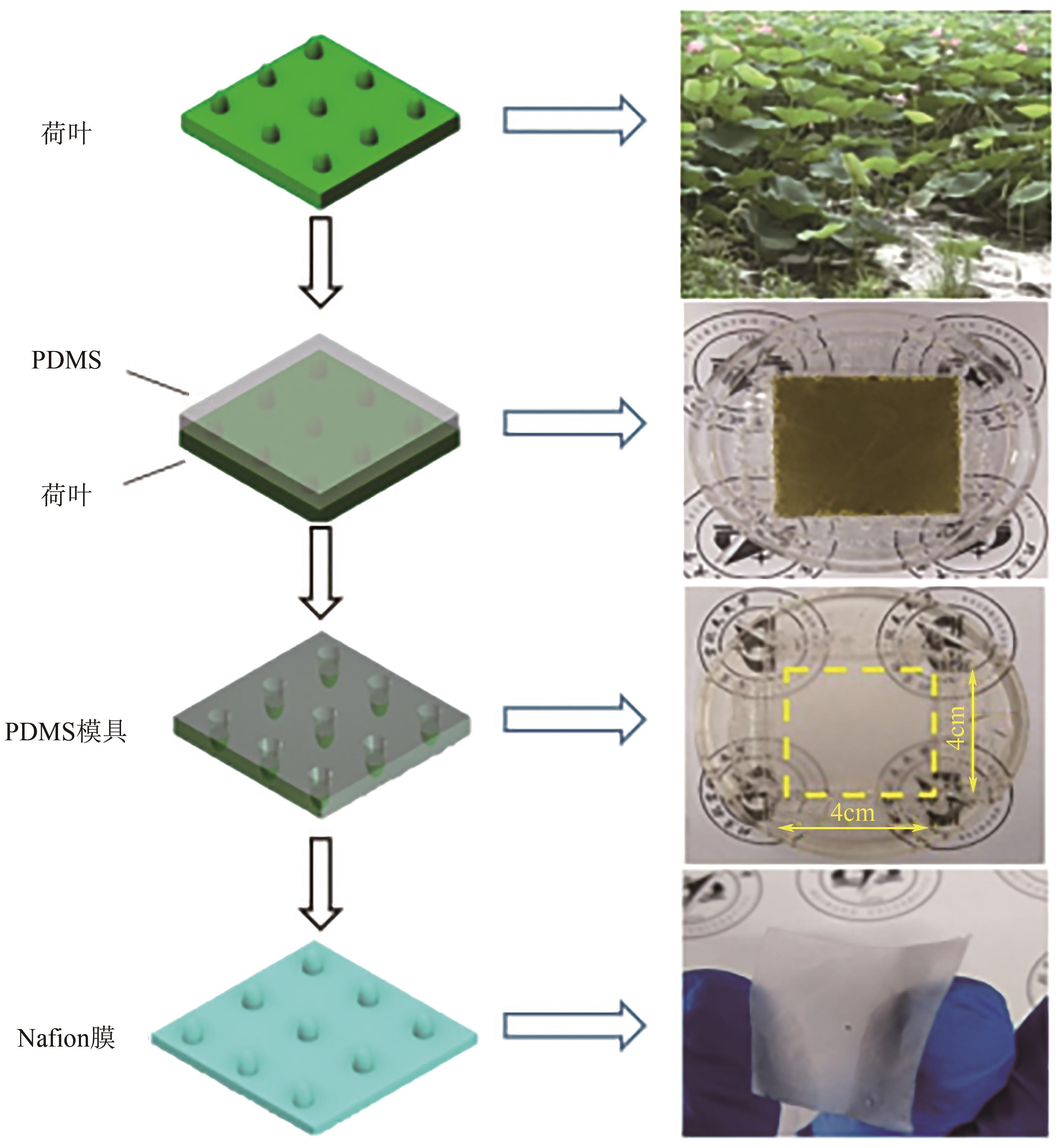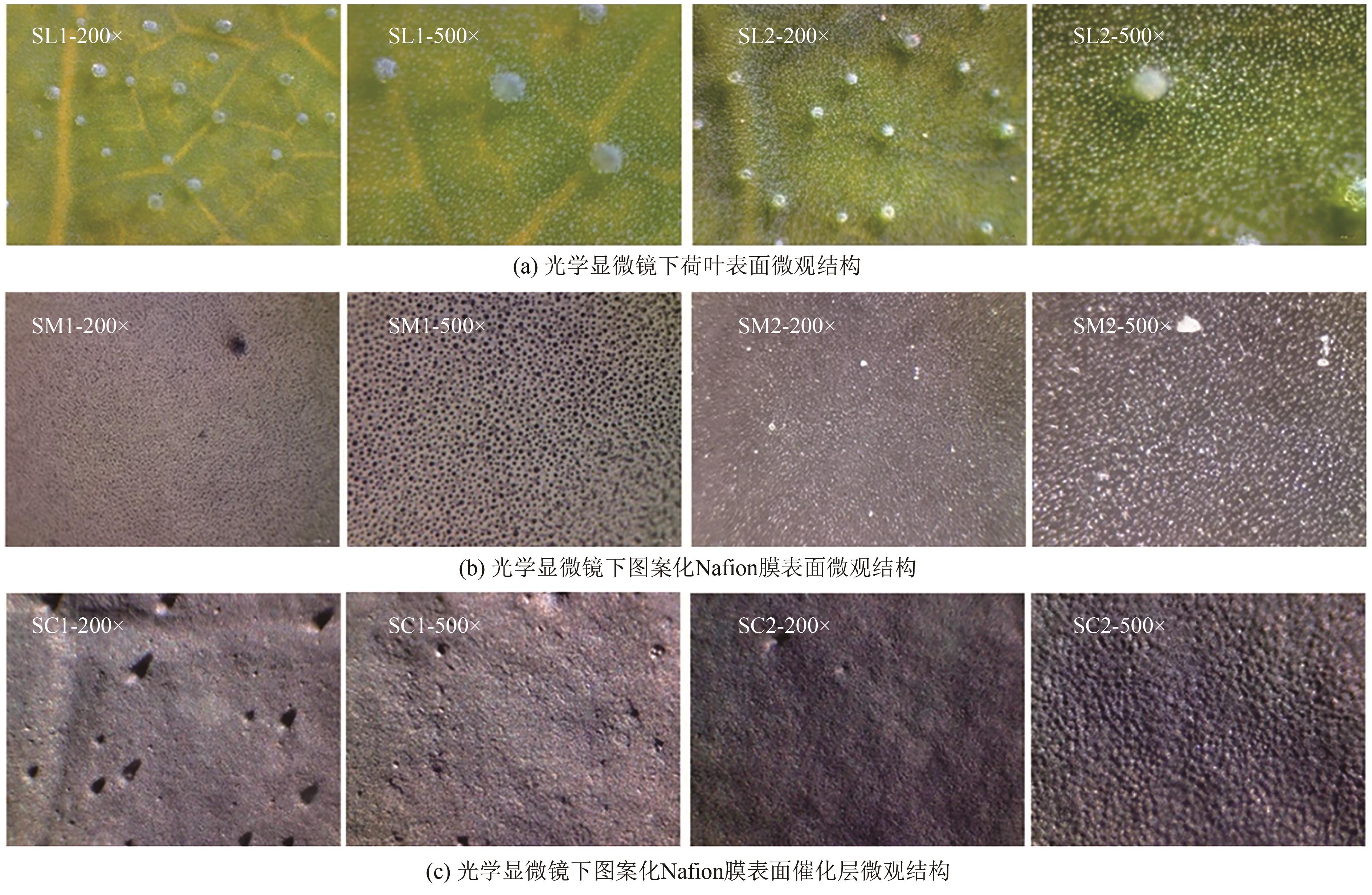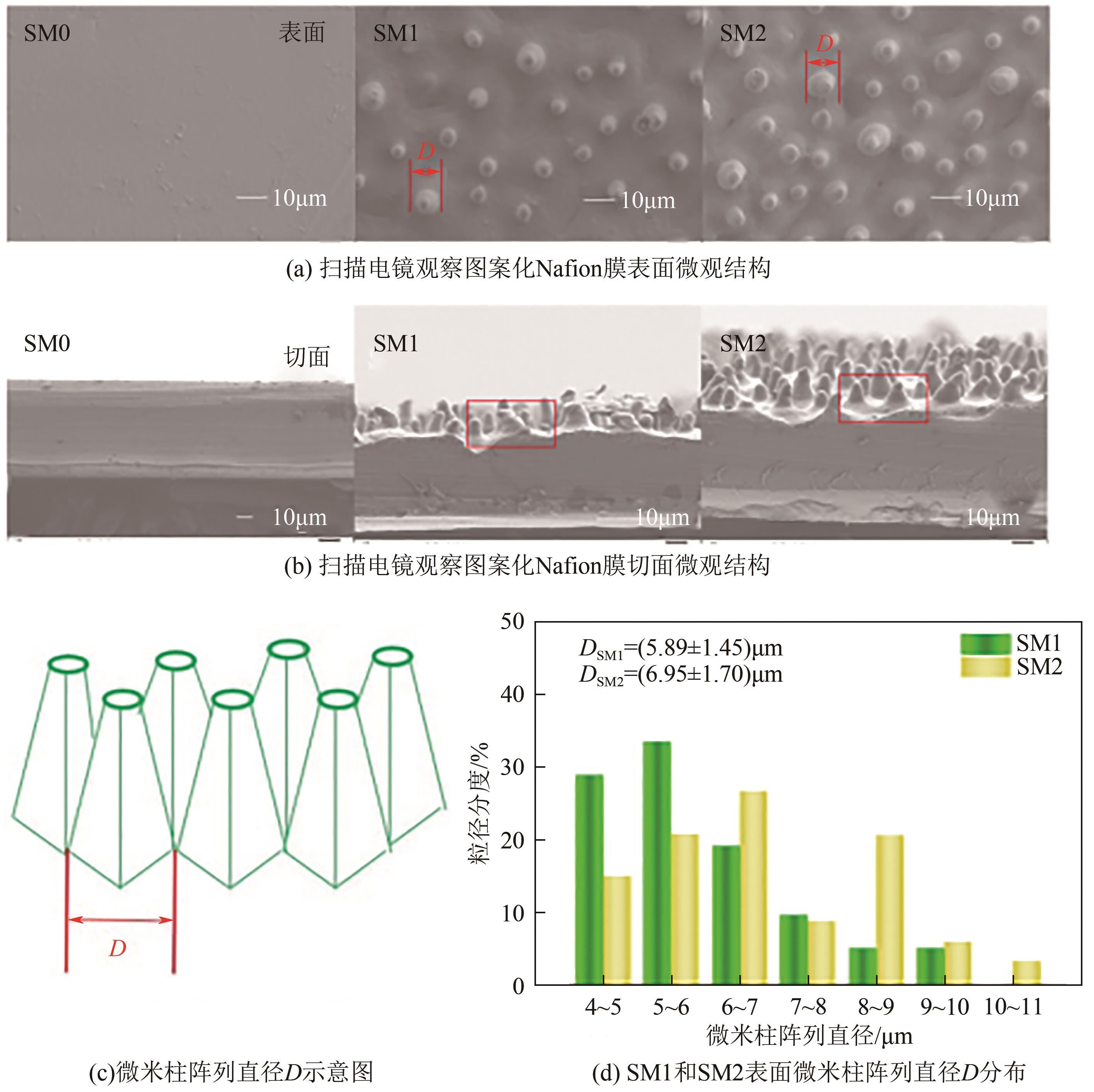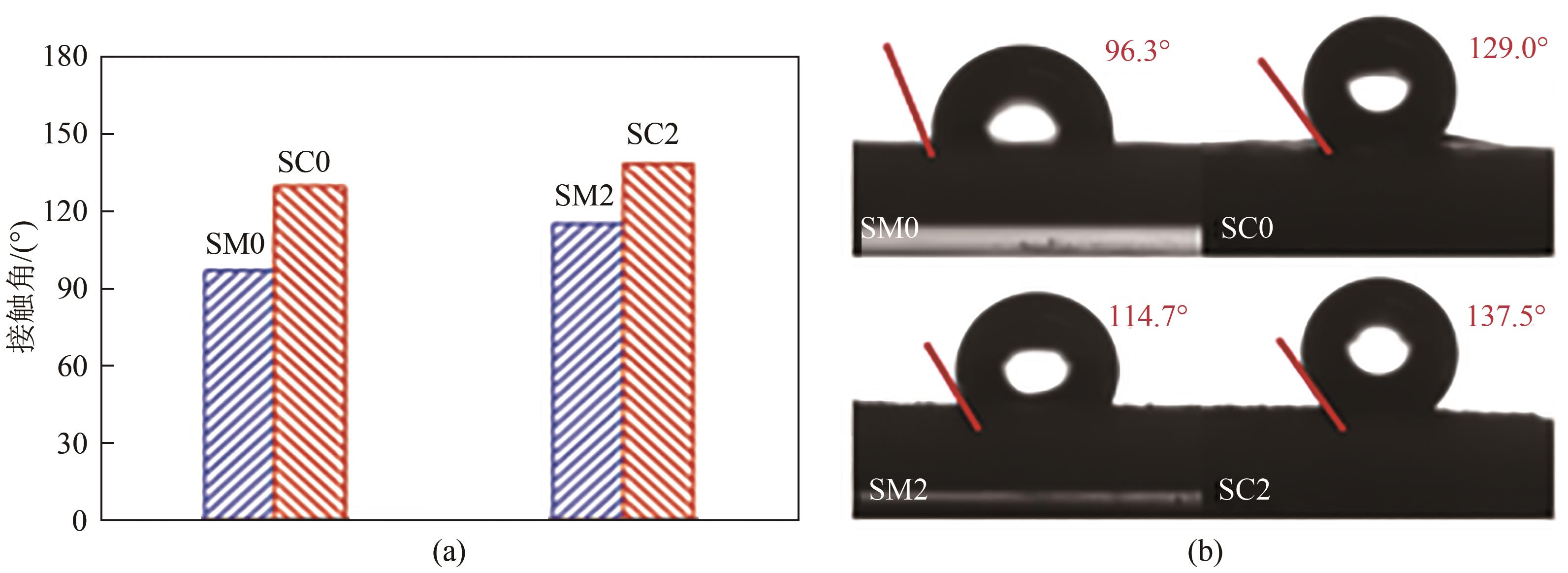| 1 |
CUI L R, ZHANG J, WANG H N, et al. The effects of different dimensional carbon additives on performance of PEMFC with low-Pt loading cathode catalytic layers[J]. International Journal of Hydrogen Energy, 2021, 46(29): 15887-15895.
|
| 2 |
ZENYUK I, DAS P, WEBER A. Understanding impacts of catalyst-layer thickness on fuel-cell performance via mathematical modeling[J]. Journal of the Electrochemical Society, 2016, 163(7): F691-F703.
|
| 3 |
洪晏忠, 邓波. 我国氢燃料电池汽车发展现状及前景分析[J]. 科技风, 2021(4): 5-6.
|
|
HONG Yanzhong, DENG Bo. Development status and prospect analysis of hydrogen fuel cell vehicles in China[J]. Technology Wind, 2021(4): 5-6.
|
| 4 |
WANG J Y, WANG H L, FAN Y. Techno-economic challenges of fuel cell commercialization[J]. Engineering, 2018, 4(3): 352-360.
|
| 5 |
PENG X, OMASTA T, RIGDON W, et al. Fabrication of high performing PEMFC catalyst-coated membranes with a low cost air-assisted cylindrical liquid jets spraying system[J]. Journal of the Electrochemical Society, 2016, 163(14): E407-E413.
|
| 6 |
高帷韬, 雷一杰, 张勋, 等. 质子交换膜燃料电池研究进展[J]. 化工进展, 2022, 41(3): 1539-1555.
|
|
GAO Weitao, LEI Yijie, ZHANG Xun, et al. An overview of proton exchange membrane fuel cell[J]. Chemical Industry and Engineering Progress, 2022, 41(3): 1539-1555.
|
| 7 |
AVCIOGLU G, FICICILAR B, EROGLU I. Effective factors improving catalyst layers of PEM fuel cells[J]. International Journal of Hydrogen Energy, 2018, 43(23): 10779-10797.
|
| 8 |
LI M F, ZHAO Z P, CHENG T, et al. Ultrafine jagged platinum nanowires enable ultrahigh mass activity for the oxygen reduction reaction[J]. Science, 2016, 354(6318): 1414-1419.
|
| 9 |
黄龙, 徐海超, 荆碧, 等. 质子交换膜燃料电池铂基催化剂研究进展[J]. 电化学, 2022, 28(1): 16-32.
|
|
HUANG Long, XU Haichao, JING Bi, et al. Progress of platinum-based catalysts in proton-exchange membrane fuel cells[J]. Journal of Electrochemistry, 2022, 28(1): 16-32.
|
| 10 |
LIU M L, ZHAO Z P, DUAN X, et al. Nanoscale structure design for high-performance Pt-based ORR catalysts[J]. Advanced Materials, 2019, 31 (6): 1802234.
|
| 11 |
DIXON D, MELKE J, BOTROS M, et al. Increase of catalyst utilization in polymer electrolyte membrane fuel cells by shape-selected Pt nanoparticles[J]. International Journal of Hydrogen Energy, 2013, 38 (30): 13393-13398.
|
| 12 |
HUANG L, ZAMAN S, TIAN X L, et al. Advanced platinum-based oxygen reduction electrocatalysts for fuel cells[J]. Accounts of Chemical Research, 2021, 54(2): 311-322.
|
| 13 |
HUANG X Q, ZHAO Z P, CAO L, et al. High-performance transition metal-doped Pt3Ni octahedra for oxygen reduction reaction[J]. Science, 2015, 348(6240): 1230-1234.
|
| 14 |
ORFANIDI A, MADKIKAR P, EI-SAYDE H, et al. The key to high performance low Pt loaded electrodes[J]. Journal of the Electrochemical Society, 2017, 164(4): F418-F426.
|
| 15 |
李丹, 张博雅, 刘柏鸿, 等. 质子交换膜燃料电池高稳定性低铂载量膜电极的研究进展[J]. 化工进展, 2021, 40(S2): 89-100.
|
|
LI Dan, ZHANG Boya, LIU Bohong, et al. Research progress on low platinum load and high stable membrane electrode assembly of proton exchange membrane fuel cells[J]. Chemical Industry and Engineering Progress, 2021, 40(S2): 89-100.
|
| 16 |
CHEN M, WANG M, YANG Z Y, et al. A novel catalyst layer structure based surface-patterned Nafion® membrane for high-performance direct methanol fuel cell[J]. Electrochimica Acta, 2018, 263: 201-208.
|
| 17 |
李政翰, 涂正凯. 质子交换膜燃料电池仿真模型研究进展[J]. 化工进展, 2022, 41(10): 5272-5296.
|
|
LI Zhenghan, TU Zhengkai. Research progress of simulation models of proton exchange membrane fuel cell[J]. Chemical Industry and Engineering Progress, 2022, 41(10): 5272-5296.
|
| 18 |
王健, 丁炜, 魏子栋. 超低铂用量质子交换膜燃料电池[J]. 物理化学学报, 2021, 37(9): 79-101
|
|
WANG Jian, DING Wei, WEI Zidong. Performance of polymer electrolyte membrane fuel cells at ultra-low platinum loadings[J]. Acta Physico Chimica Sinica, 2021, 37(9): 79-101.
|
| 19 |
LIU B, CREAGER S. Carbon xerogels as Pt catalyst supports for polymer electrolyte membrane fuel-cell applications[J]. Journal of Power Sources, 2010, 195 (7): 1812-1820.
|
| 20 |
YIN S B, MU S C, PAN M, et al. A highly stable TiB2-supported Pt catalyst for polymer electrolyte membrane fuel cells[J]. Journal of Power Sources, 2011, 196 (19): 7931-7936.
|
| 21 |
KE Y Z, YUAN W, ZHOU F K, et al. A critical review on surface-pattern engineering of Nafion membrane for fuel cell applications[J]. Renewable and Sustainable Energy Reviews, 2021, 145: 110860.
|
| 22 |
CHI W S, JEON Y, PARK S J, et al. Fabrication of surface-patterned membranes by means of a ZnO nanorod templating method for polymer electrolyte membrane fuel-cell applications[J]. ChemPlusChem, 2014, 79(8): 1109-1115.
|
| 23 |
LEE C, KORT-KAMP W, YU H R, et al. Grooved electrodes for high-power-density fuel cells[J]. Nature Energy, 2023, 8(7): 685-694.
|
| 24 |
刘克松, 江雷. 仿生结构及其功能材料研究进展[J]. 科学通报, 2009, 54(18): 2667-2681.
|
|
LIU Kesong, JIANG Lei. Research progress on biomimetic structural and functional materials[J]. Chinese Science Bulletin, 2009, 54(18): 2667-2681.
|
| 25 |
王景明, 王珂, 郑咏梅, 等. 荷叶表面纳米结构与浸润性的关系[J]. 高等学校化学学报, 2010, 31(8): 1596-1599.
|
|
WANG Jinming, WANG Ke, ZHEN Yongmei, et al. Effects of chemical composition and nano-structures on the wetting behaviour of lotus leaves[J]. Chemical journal of Chinese Universities, 2010, 31(8): 1596-1599.
|
| 26 |
WEI Z X, SU K H, SUI S, et al. High performance polymer electrolyte membrane fuel cells (PEMFCs) with gradient Pt nanowire cathodes prepared by decal transfer method[J]. International Journal of Hydrogen Energy, 2015, 40(7): 3068-3074.
|
| 27 |
MALKO D, LOPES T, TICIANELLI E, et al. A catalyst layer optimisation approach using electrochemical impedance spectroscopy for PEM fuel cells operated with pyrolysed transition metal-N-C catalysts[J]. Journal of Power Sources, 2016, 323: 189-200.
|
| 28 |
YOSHINO S, SHINOHARA A, KODAMA K, et al. Fabrication of catalyst layer with ionomer nanofiber scaffolding for polymer electrolyte fuel cells[J]. Journal of Power Sources, 2020, 476: 228584.
|
| 29 |
TALUKDAR K, DELGADO S, LAGARTEIRA T, et al. Minimizing mass-transport loss in proton exchange membrane fuel cell by freeze-drying of cathode catalyst layers[J]. Journal of Power Sources, 2019, 427: 309-317.
|
| 30 |
K-H OH, KANG H S, M-J CHOO, et al. Interlocking membrane/catalyst layer interface for high mechanical robustness of hydrocarbon-membrane-based polymer electrolyte membrane fuel cells[J]. Advanced Materials, 2015, 27(19): 2974-2980.
|
| 31 |
邢以晶, 刘芳, 张雅琳, 等. 质子交换膜燃料电池膜电极制备方法的研究进展[J]. 化工进展, 2021, 40(S1): 281-290.
|
|
XING Yijin, LIU Fang, ZHANG Yalin, et al. Research progress on preparation methods of membrane electrode assemblies for xproton exchange membrane fuel cells[J]. Chemical Industry and Engineering Progress, 2021, 40(S1): 281-290.
|
| 32 |
马哲杰, 张文励, 赵炫凯, 等. PEMFC阴极催化层氧传质阻力影响的研究进展[J]. 化工进展, 2023, 42(6): 2860-2873.
|
|
Ma Zhejie, ZHANG Wenli, ZHAO Xuankai, et al. Progress on the influence of oxygen mass transfer resistance in PEMFC cathode catalytic layer[J]. Chemical Industry and Engineering Progress, 2023, 42(6): 2860-2873.
|
| 33 |
KIM S M, KANG Y S, AHN C, et al. Prism-patterned Nafion membrane for enhanced water transport in polymer electrolyte membrane fuel cell[J]. Journal of Power Sources, 2016, 317: 19-24.
|
| 34 |
AHN C Y, JANG S, CHO Y H, et al. Guided cracking of electrodes by stretching prism-patterned membrane electrode assemblies for high-performance fuel cells[J]. Scientific Reports, 2018, 8(1): 1257.
|
 ), XIE Hanfei1, CUI Lirui1,2, LU Shanfu1(
), XIE Hanfei1, CUI Lirui1,2, LU Shanfu1( )
)





